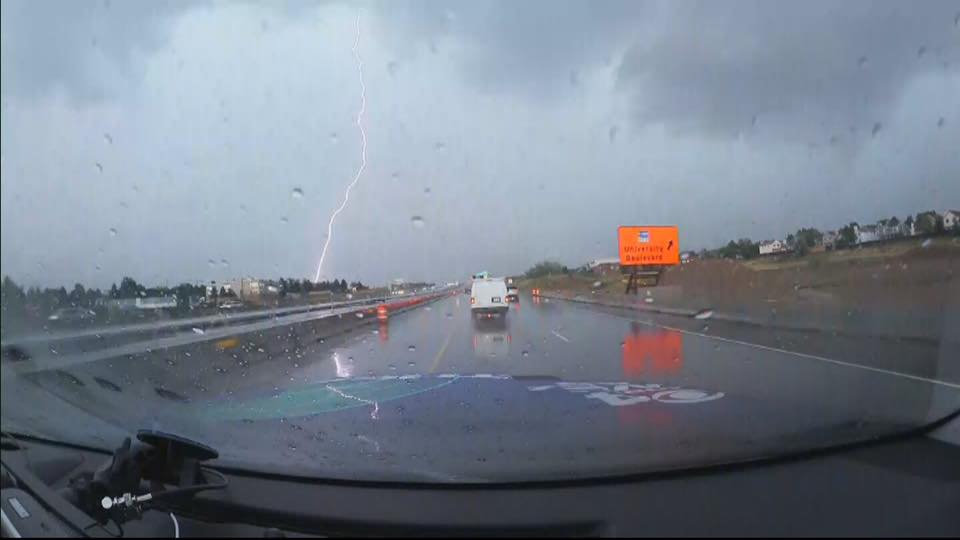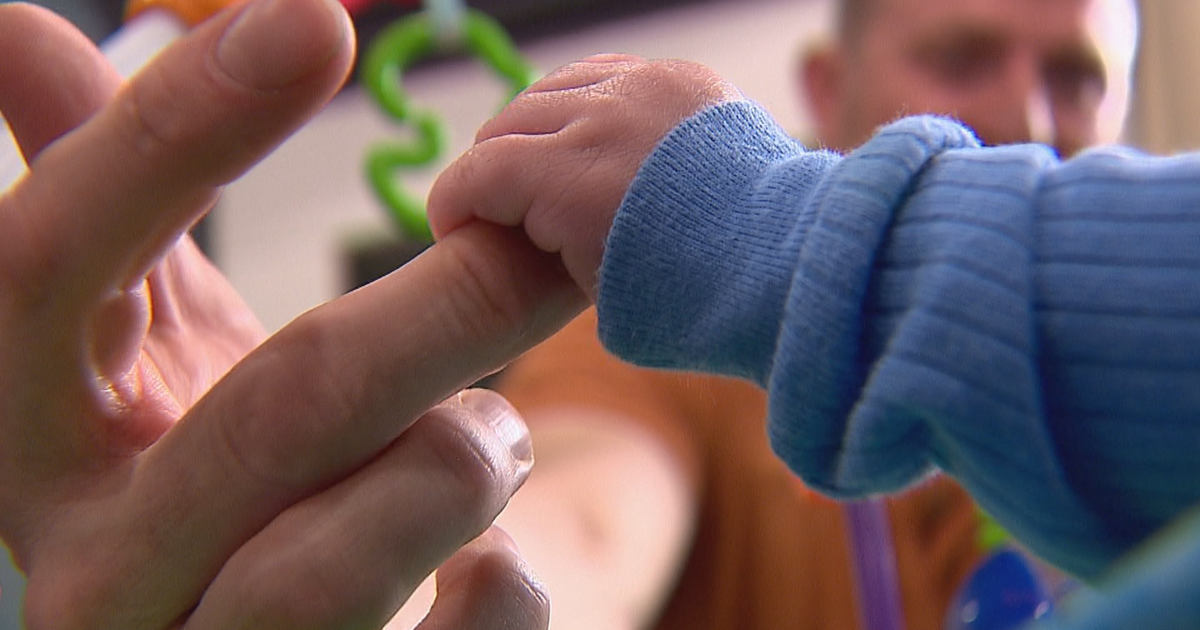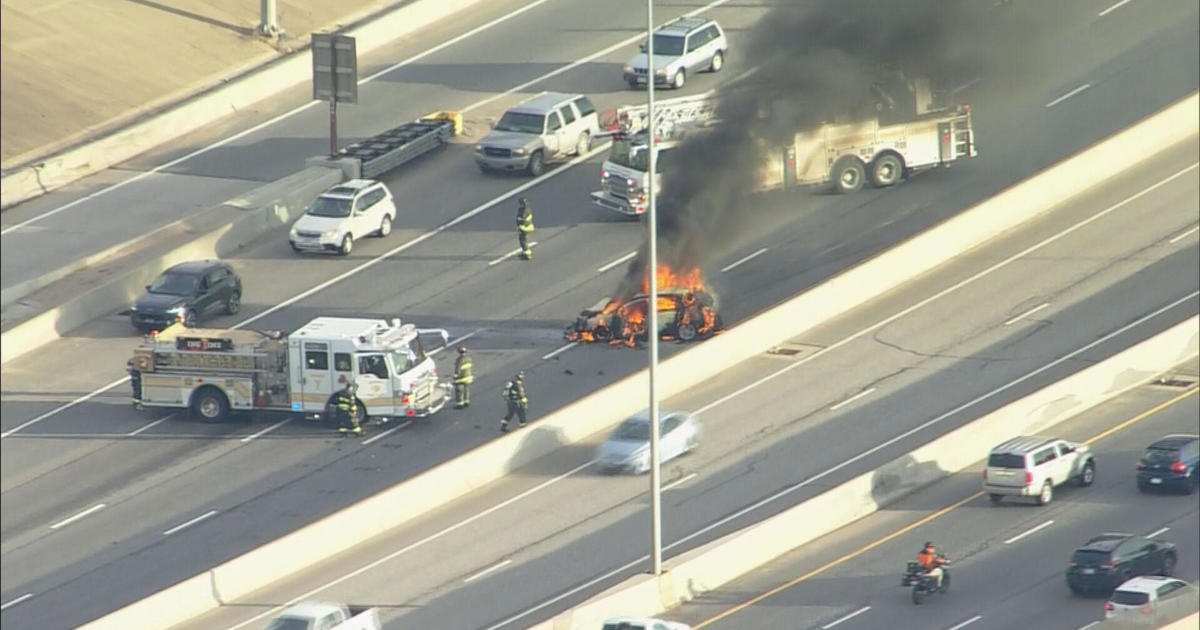Colorado Severe Weather Awareness Week: Lightning And Thunderstorms
DENVER (CBS4) - Thunderstorm produce a number of dangers in Colorado including flash flooding, large hail and tornadoes. But one of the most dangerous aspects of thunderstorms in Colorado is lightning.
Between 1980-2019 lightning struck and killed 99 people in Colorado. Another 485 people were injured. Lightning is also responsible for most of the wildfires in Colorado.
Because of Colorado's very dry climate thunderstorms can often produce a lot of lightning and wind but very little in the way of rain. This type of lightning is often called dry lightning.
When thunderstorms are in the forecast and you plan to be outside make sure you have a way to monitor the latest conditions. Tools such as an app on your phone with radar will come in handy. The free CBS4 Weather app has an interactive radar where you can toggle on lightning strike data.
A thunderstorm does not have to be overhead for you to be at risk. Lightning can strike as far as 10 miles away from a storm but has been documented up to 20 miles away. If you can hear thunder you're within range to receive a lightning strike. Lightning is possible year round in Colorado but is most common from late April through the middle of September.
If caught outside when lightning or thunder begins seek substantial shelter immediately, such as inside a house, church or store. A metal roofed vehicle can also offer protection from lightning.

Once inside keep all doors and windows closed. Stay off corded telephones and away from electrical appliances. Stay away from water including showers, tubs and sinks in case lightning strikes your home and the charges travels through your plumbing.
It's recommended that you stay inside your place of shelter at least 30 minutes after the last rumble of thunder. A recent lightning safety study found that 95 percent of people who were hit by lightning had some type of adequate shelter nearby
DO NOT seek shelter under porches, trees, carports, tents, dugouts or picnic shelters. Avoid metal objects like fishing rods, golf clubs and tennis rackets because they're good conductors of electricity. Stay away from clothes lines, fences and metal sheds.
If hiking, take off metal framed backpacks. Crouch down in an open field and minimize your contact with the ground. Make yourself the smallest object around and avoid being near trees or anything tall.
Water is a great conductor of electricity and should be avoided during a thunderstorm. Believe it or not, lightning can strike water and travel beneath and away from its point of contact.
If you plan to be outside have a plan of action in case the weather turns stormy. Thunderstorms often start building over the mountains before noon each day.
If you belong to a larger organization, such as a sports team, have a designated weather watcher who has the authority to postpone or cancel the event when lightning poses a danger.
Should someone get struck by lightning, immediately call 9-1-1 and give first aid as soon as possible. People struck by lightning DO NOT carry an electrical charge contrary to some belief. It is critical that the victim receive life saving breath if not breathing and CPR if their heart has stopped beating.
Remember, when the thunder roars, go indoors!





